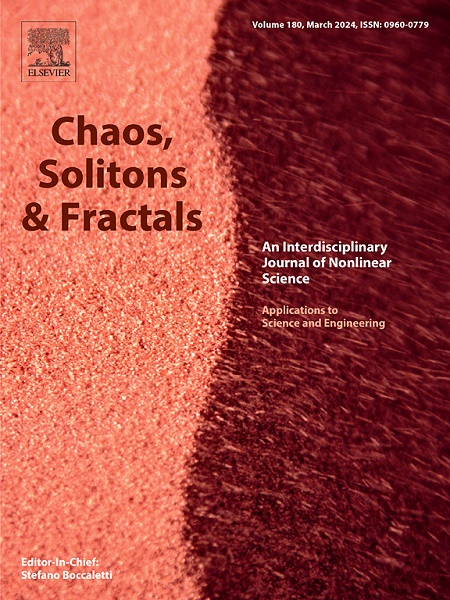强弱猎物捕食者-猎物模型的优化控制问题
IF 5.6
1区 数学
Q1 MATHEMATICS, INTERDISCIPLINARY APPLICATIONS
引用次数: 0
摘要
本文的目的是研究一个具有一个捕食者和两个猎物物种,一个强一个弱的非自治模型的最优控制问题。由此产生的模型包含了强猎物的弱Allee效应,两种猎物的季节性繁殖以及额外的食物供应。该模型考虑了食肉动物的死亡率,这会导致它们的生物量减少。我们证明了解的存在唯一性和定性性质。最优控制问题的目标是通过考虑三种策略来控制捕食者的数量。仿真结果表明了所提出的控制措施对捕食者生物量管理的有效性。本文章由计算机程序翻译,如有差异,请以英文原文为准。
An optimal control problem for a predator–prey model with strong and weak preys
The aim of this paper is to study an optimal control problem for a non-autonomous model with one predator and two prey species, one strong and the other weak. The resulting model incorporates a weak Allee effect in the strong prey, seasonal breeding in both preys, and an extra-food supply. The model takes into account the death rate of predators, which results in a decrease in their biomass. We prove the existence, uniqueness, and qualitative properties of the solutions. The optimal control problem aims to control the predator population by considering three strategies. Simulation results show the usefulness and efficacy of the proposed control measures to manage the predator biomass.
求助全文
通过发布文献求助,成功后即可免费获取论文全文。
去求助
来源期刊

Chaos Solitons & Fractals
物理-数学跨学科应用
CiteScore
13.20
自引率
10.30%
发文量
1087
审稿时长
9 months
期刊介绍:
Chaos, Solitons & Fractals strives to establish itself as a premier journal in the interdisciplinary realm of Nonlinear Science, Non-equilibrium, and Complex Phenomena. It welcomes submissions covering a broad spectrum of topics within this field, including dynamics, non-equilibrium processes in physics, chemistry, and geophysics, complex matter and networks, mathematical models, computational biology, applications to quantum and mesoscopic phenomena, fluctuations and random processes, self-organization, and social phenomena.
 求助内容:
求助内容: 应助结果提醒方式:
应助结果提醒方式:


